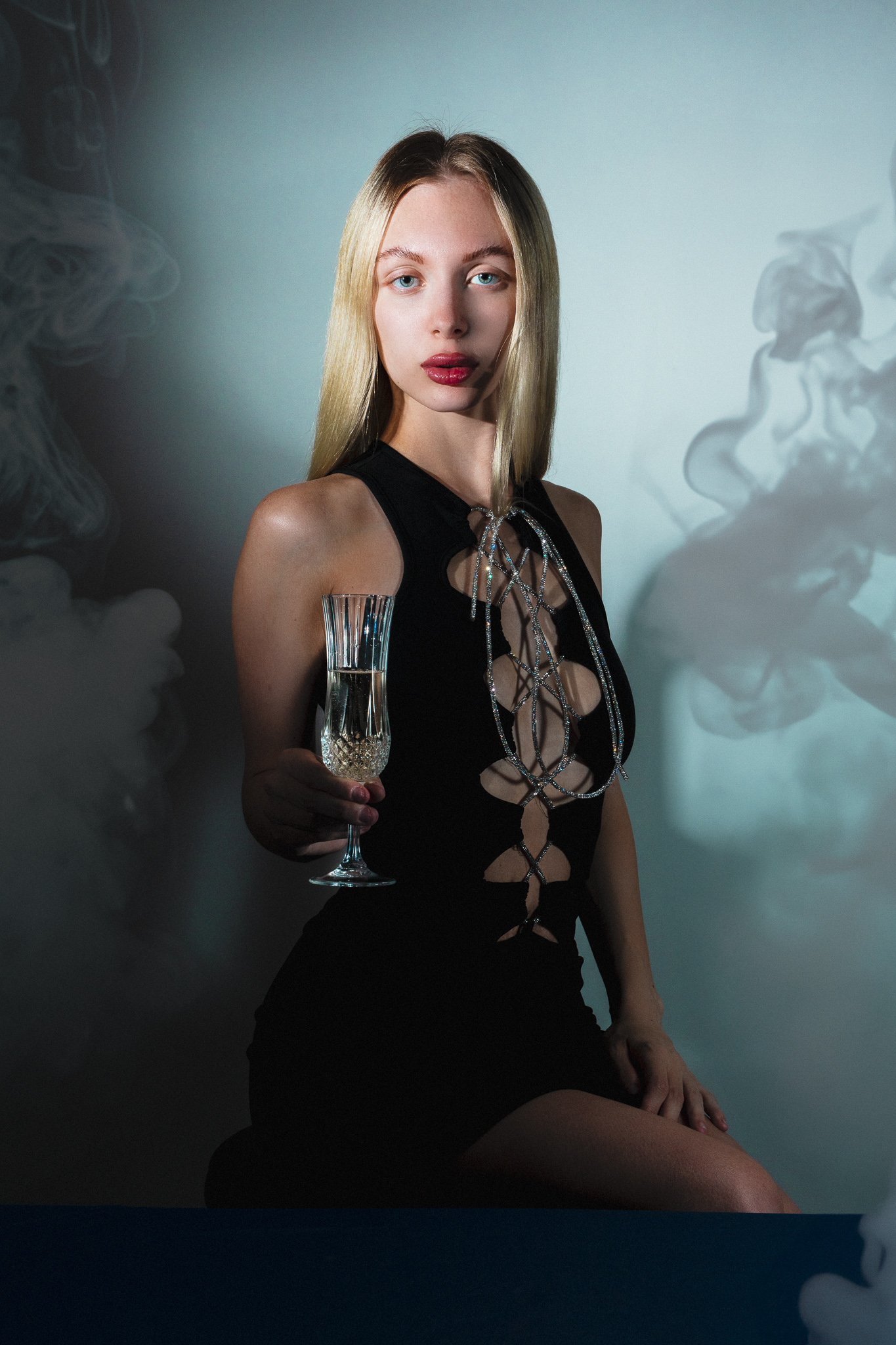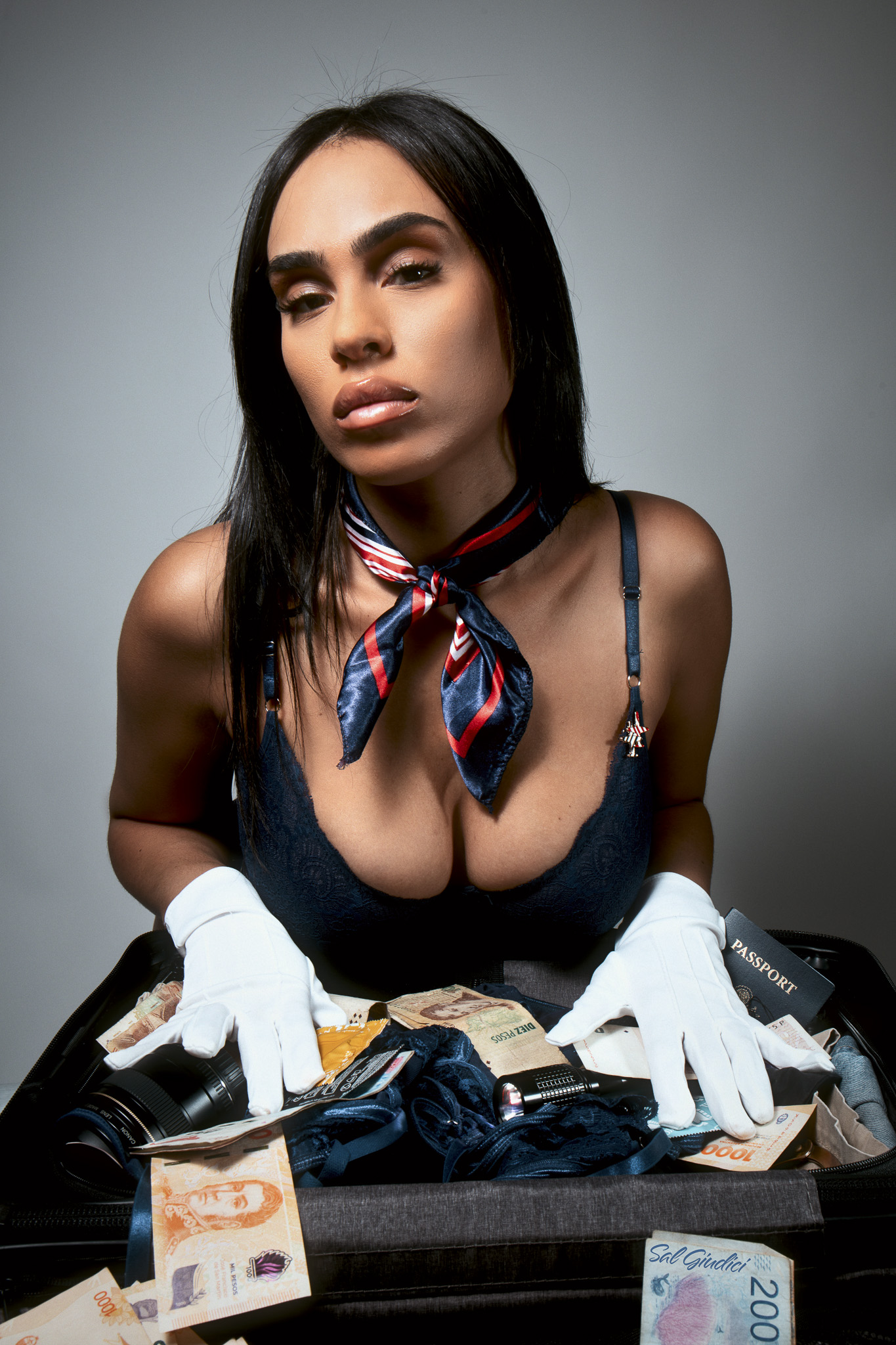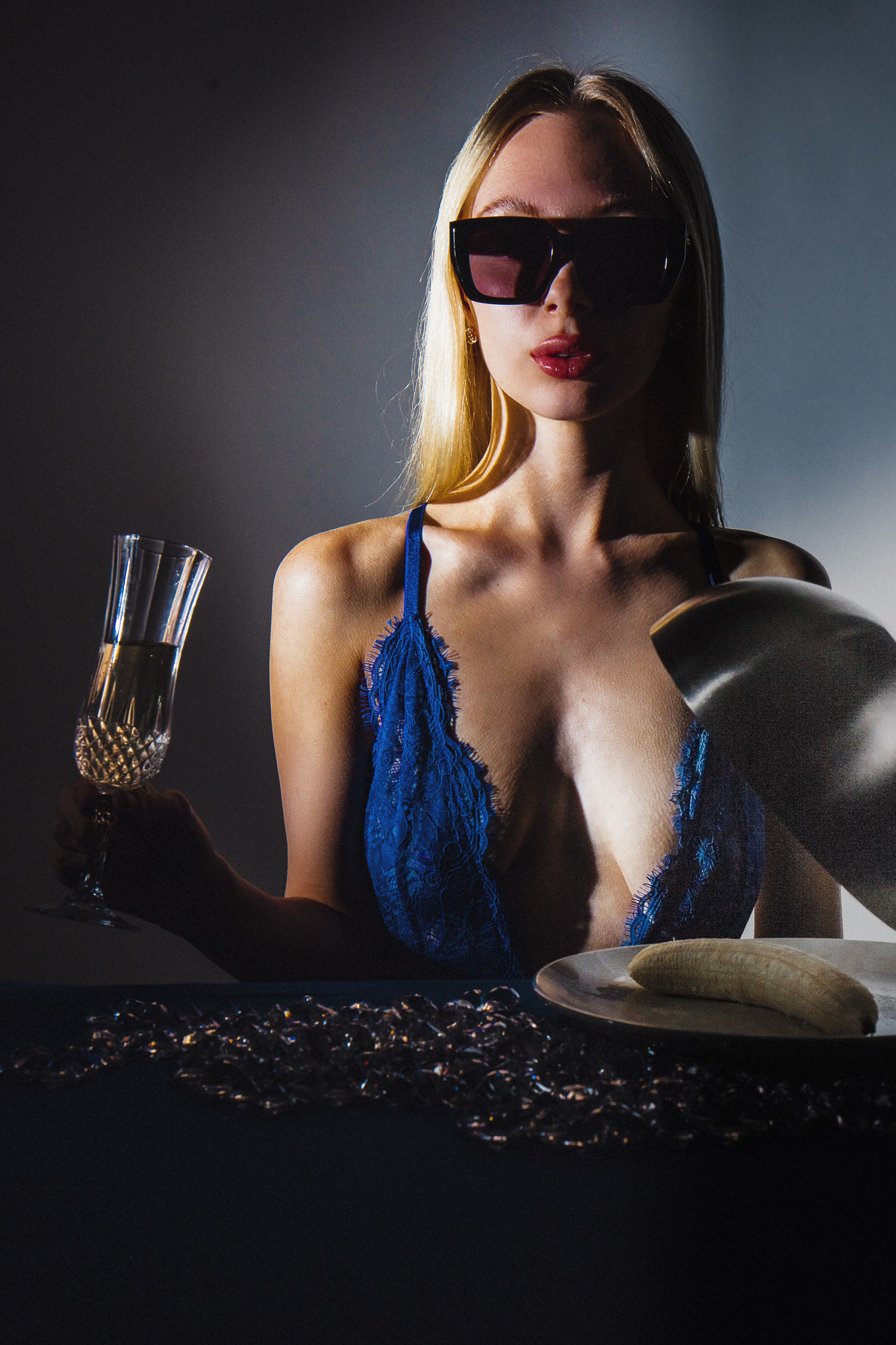In this blog entry, I’ll share insights into the creative process behind my work, highlighting how conceptual photography places ideas and narratives at the forefront, even before the image itself takes shape. Whether you’re a photographer seeking fresh inspiration or someone eager to explore deeper layers of meaning, we’ll unlock conceptual photography by analyzing storytelling, thoughtful composition, lighting, and post-processing techniques to craft original and thematically relevant visuals.
What Is Conceptual Photography?
As mentioned in the introduction, conceptual photography conveys a story behind the image, engaging viewers on a deeper level and often inspiring reflection on societal issues or personal introspection.
While many photographers draw ideas and inspiration from mood boards, I see conceptual photography as a mirror through my lens, reflecting the dynamics of our time and modern society.
My Approach To Conceptual Photography


I’m totally in favor of having sources of inspiration; however, in my natural creative process, I’ve discovered a more spontaneous approach, where my ideas for photographs arise from my own thoughts and observations on contemporary life. With this method, my work often formulates visual stories about behaviors and, at times, contradictions that many people can relate to.
In my portfolio, you’ll find examples of my conceptual photography, such as “Foodie Call”, which highlights narcissistic behaviors in social interactions, and “Passport Bros”, where I explore possible reasons behind seeking love abroad. In both series, I reveal the questionable aspects without judging or taking sides, presenting these photographs as a reflection of the world we live in.
Developing Conceptual Photography Ideas
If you are considering exploring conceptual photography, here’s a step-by-step approach that I suggest to bring distinctive work to life:
- Observe Society: Conceptual photography thrives on observation and interpretation. Take a step back to analyze the world around you.
- Craft The Story: Once you have the concept, turn it into a composition. Think about how to visually represent the idea and identify the main message behind it.
- Execute: Conceptual photography is often staged rather than spontaneous. Careful attention to lighting and symbolism is essential to convey your vision.
- Master Post-Processing: After capturing the shots right, post-editing allows you to fine-tune every detail. Tools like Dehancer are excellent for enhancing mood and storytelling. Use my promo code CWSPROMO10 for 10% off to try it.
Conceptual Photography Key Elements
Besides the steps needed to optimize conceptual photography, lighting and composition are key elements. Whether I’m shooting in the studio or outdoors during the day or night, I always consider how light will interact with the scene. I suggest using modifiers like softboxes, grids, and diffusers to control light precisely. Also, don’t shy away from experimenting with creative lighting setups and every element in the frame that can add more to the visual impact of your photographs.
A Call To Creativity

We can conclude by saying that conceptual photography is a form of cultural commentary. With this in mind, remember that originality is always a priority in my artistic principles. Crafting new conceptual photography ideas means stepping away from what has already been done and offering fresh perspectives.
With conceptual vision,
Sal













Leave a Reply